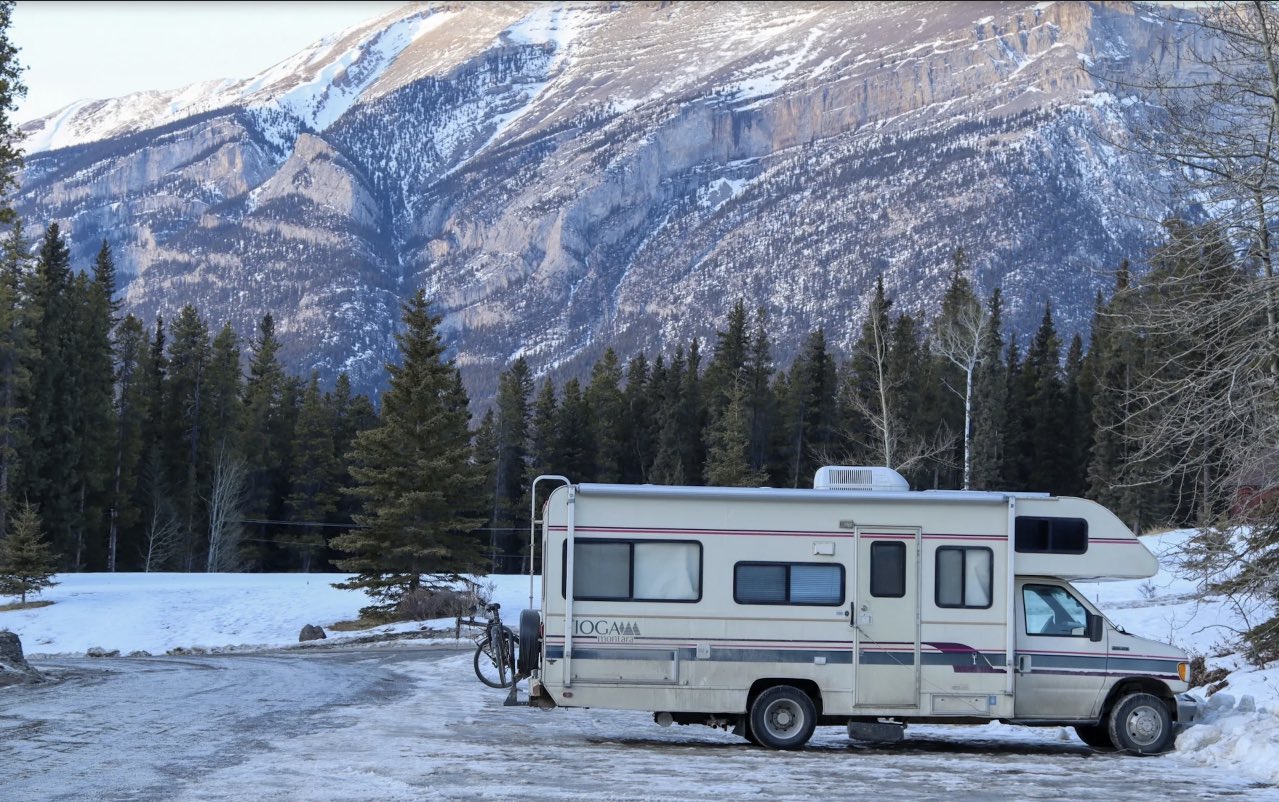Frozen pipes are the enemy of campers! When it gets cold, it’s important to be prepared to protect your RV. Let’s learn how to keep RV pipes from freezing while camping trip.
The frozen RV water pipe isn’t just an inconvenience during her winter camping. Severely pipes freezing can seriously damage your RV’s water system and cause other unforeseen complications.
Winter camping is a lot of fun, but preparation is key. Don’t let the slightly frozen water tanks ruin your hike.
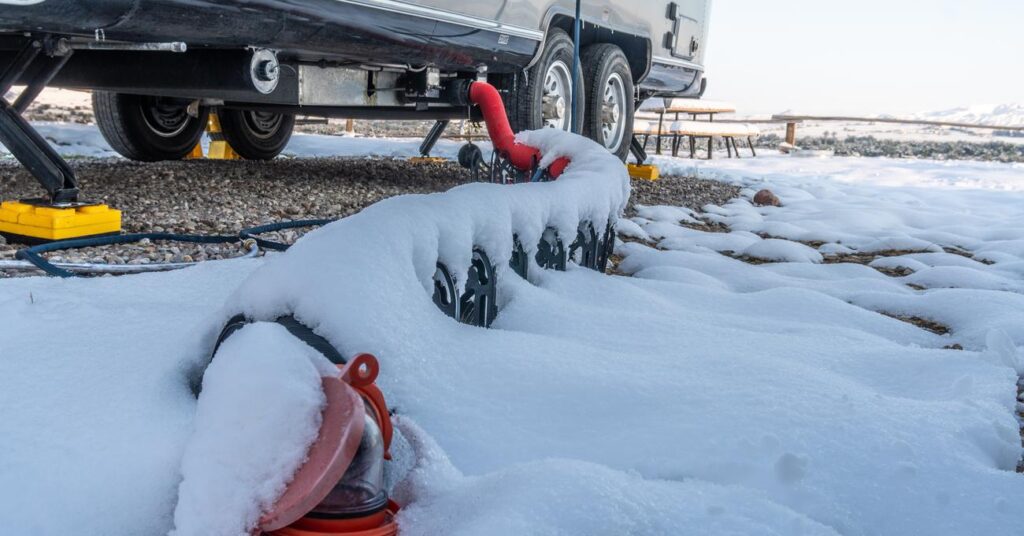
Danger from frozen RV pipes cold weather camping trip
When water freezes, it expands, which not only prevents water from flowing through frozen pipes but can also cause the pipes to burst. This can be cumbersome and expensive, as lines may need to be replaced in hard-to-reach places.
If a pipe or faucet has burst or cracked, it can also be difficult to figure out if it’s buried in the wall or in the ground.
Bursting sewage pipes can also leak sewage into your RV, which can create a foul odor and health hazard.
If you’re curious about How Long For RV Pipes to Freeze, please, read this article.

Tips on how to keep RV pipes from freezing
There are a number of ways to prevent your RV pipes and water lines from freezing.
The one that is best for your RV will depend not only on the characteristics of the RV but also on how cold it is and how cold it stays.
Consider leaving the propane on and the stove low when camping. If you cannot do this safely, park your RV until you reach your campsite.
Camping in freezing temperatures can cause ice to form around drain valves and plugs in RV plumbing. In this case, you can melt the ice with a hair dryer or a heat gun as soon as you arrive at the campsite.
When you arrive at your campsite, connect the hose to the main inlet, open all faucets and flush the system with antifreeze. Run water through the system for about 10 minutes to ensure all antifreeze is removed.
After flushing the antifreeze from the RV lines, fill the tank with fresh water, but do not top off. When the water freezes, there must be enough room for the ice to expand without the risk of the container bursting.
Whenever possible, use holding tanks as a source of fresh water tank instead of city water. The water in the hose can freeze when the system is connected to the water pump.
Plug-in campgrounds are typically preferred for mobile camping in the winter because they can use electric heaters with the efficiency of propane heaters.
IMPORTANT: For optimal safety, electric heaters should have an automatic switch-off function. Never leave a running heater unattended.
Insulate or heat drinking water hoses
The water pump hose is the part of the system that is most exposed to outside elements, and protecting the pipes from freezing starts with this critical element.
First, try using regular foam tube insulation. To install, simply plug the hose into the exposed grommet. You can then remove the glue covering the exposed sides and glue them together to seal.
Keep in mind that if you don’t want to remove the insulation every time you store and then reinstall the water hose, the hose can be bulky and have a storage problem.
This works well in near-freezing temperatures for short periods, but in colder conditions, we recommend using something stronger.
A hot water hose is also an option to consider. There are two main options for hot water hoses. Either build it yourself or buy it. There are various hot water hoses that you can purchase specifically for your RV. Alternatively, you can make your own using pipe tape and heating cables.
A heating cable connects to the power supply and provides a constant heat source for the hose. Many have thermostats that allow you to adjust the heat level, simply wrap the heating cable around the hose with tape. You can turn the cable on when the temperature drops and turn it off when Mother Nature is a little gentler.
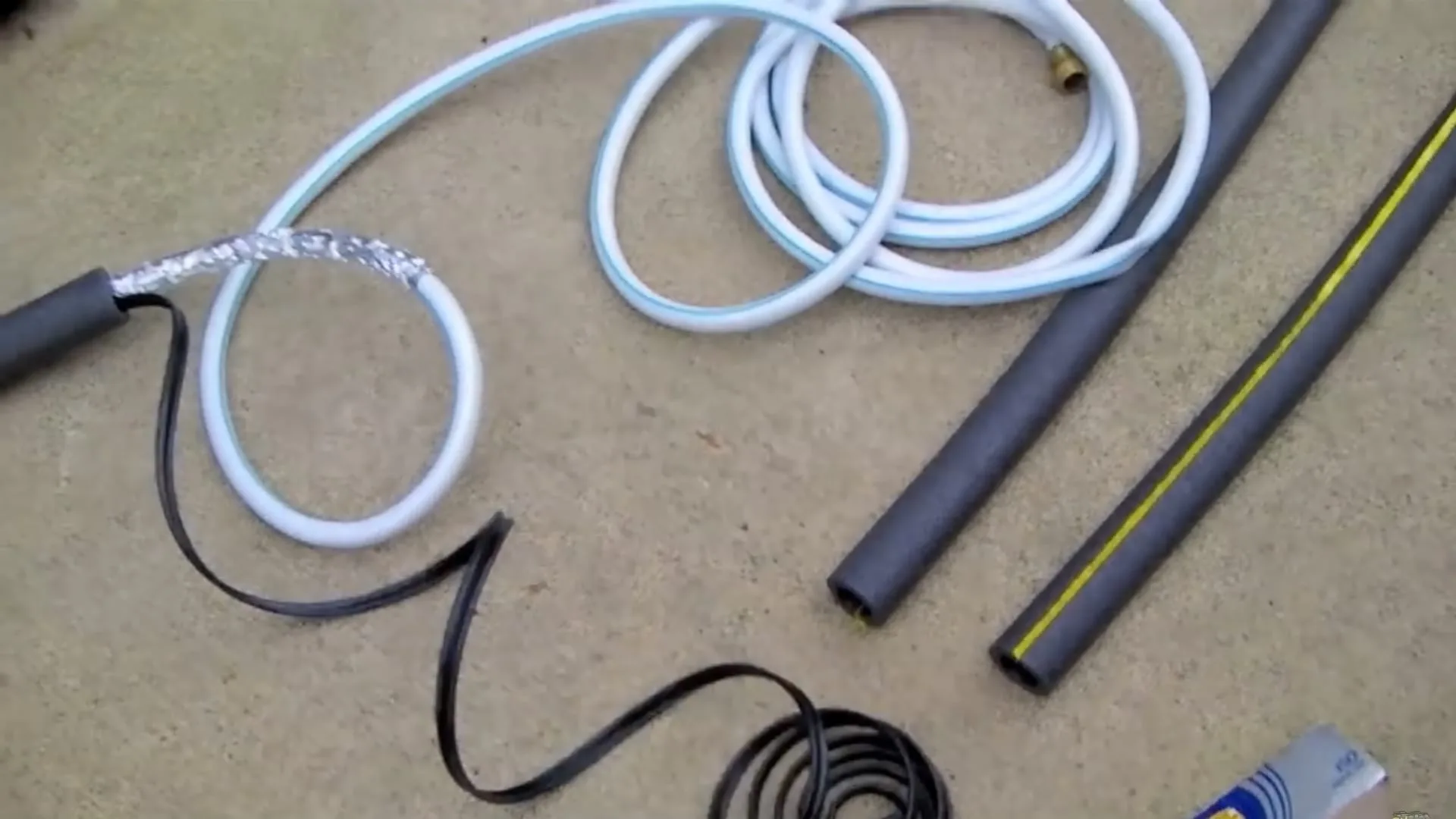
If you don’t want to mess with the water supply hose to keep it from freezing, you can always take it out of the equation entirely by disassembling the storage tank. You can pull out the hose to fill the tank when needed and store it away in the meantime.
Isolate the water valve
Placing skirting boards on the bottom of the camper goes a long way to insulate the outer bay water valves. However, there are some additional steps you can take to prevent water from freezing around valves and other components.
Make sure the water tank is always at least 25% full. Water in a nearly empty tank is likely to freeze, and ice can clog valves and hoses.
To further reduce the risk of your aquarium freezing, consider using a holding tank heater. An electric blanket is attached to the tank to keep the water temperature below freezing.
Add antifreeze
The easiest way is to drain the pipe and fill it with RV antifreeze. The downside of this is that the plumbing system doesn’t work, but if you’re going on a short one or two-night trip, you’ll likely leave without plumbing.
Use only non-toxic RV antifreeze, food-safe when winterizing your camper. It’s usually orange or pink, not blue like the windshield washer antifreeze.
In this case, you will need to ensure that you have access to a toilet or bring your own portable toilet.
You should also bring enough water for drinking and cooking. The water jugs and water bottles you bring are stored in the main heated area of the RV’s water tank, so you don’t have to worry about them freezing pipes unless you let the heat escape.
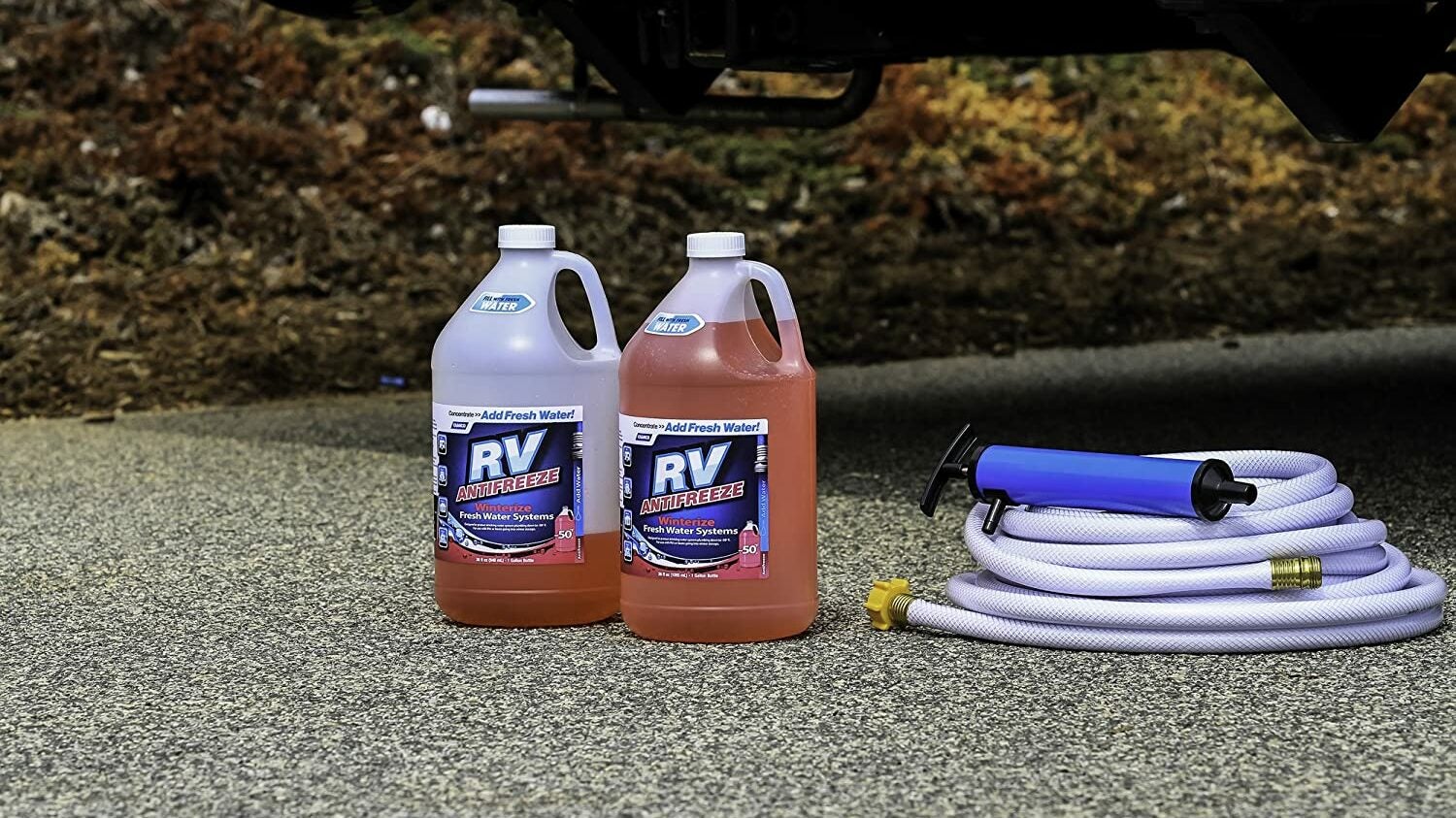
You can also add non-toxic antifreeze to the gray and black water tanks to reduce the risk of freezing, even if you don’t intend to completely drain the system. Do not add to the freshwater tank supply.
Keep the tubes dry
Your RV pipes tend to collect moisture. When this happens, it can lead to rust. To prevent this from happening, you should try to keep your pipes as dry as possible.
Use a dehumidifier to remove excess moisture from the air and clean the pipes regularly.
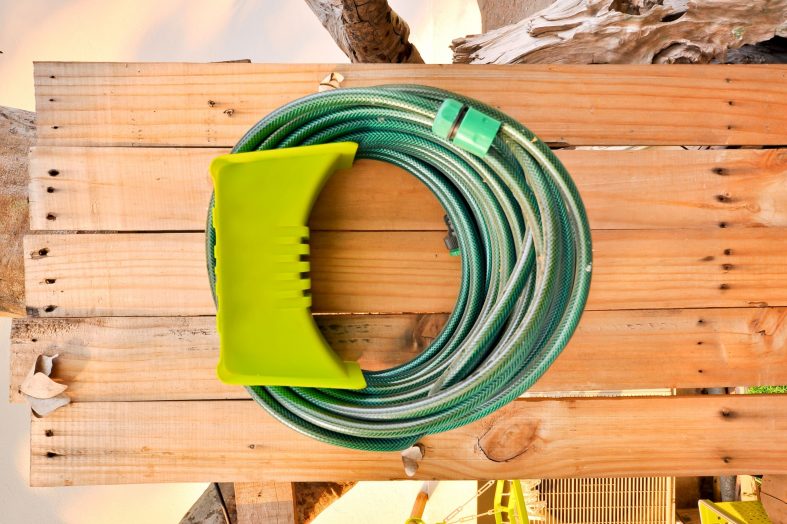
Water in the night
It is a basic truth of physics that water flowing freely is less likely to freeze.
In fact, during the harsh winters of the northern states, many homes have sinks in their basements to keep the frozen ground on the water pipes from freezing.
Of course, for RVs, the problem is the limited supply of fresh water in tanks. The amount of water required to keep the line from freezing to 32 °F is about the thickness of a pencil.
Admittedly, this is a trick that can only be used in desperate times, or if a cold snap hits on the last night of a hunting trip.
However, if you are staying at a four-season RV park and have easy access to a freshwater tank supply and wastewater treatment plant, this may be a more practical solution.
Camper insulation
Insulating your camper not only keeps pipes from freezing but also improves your camper’s energy efficiency and interior comfort.
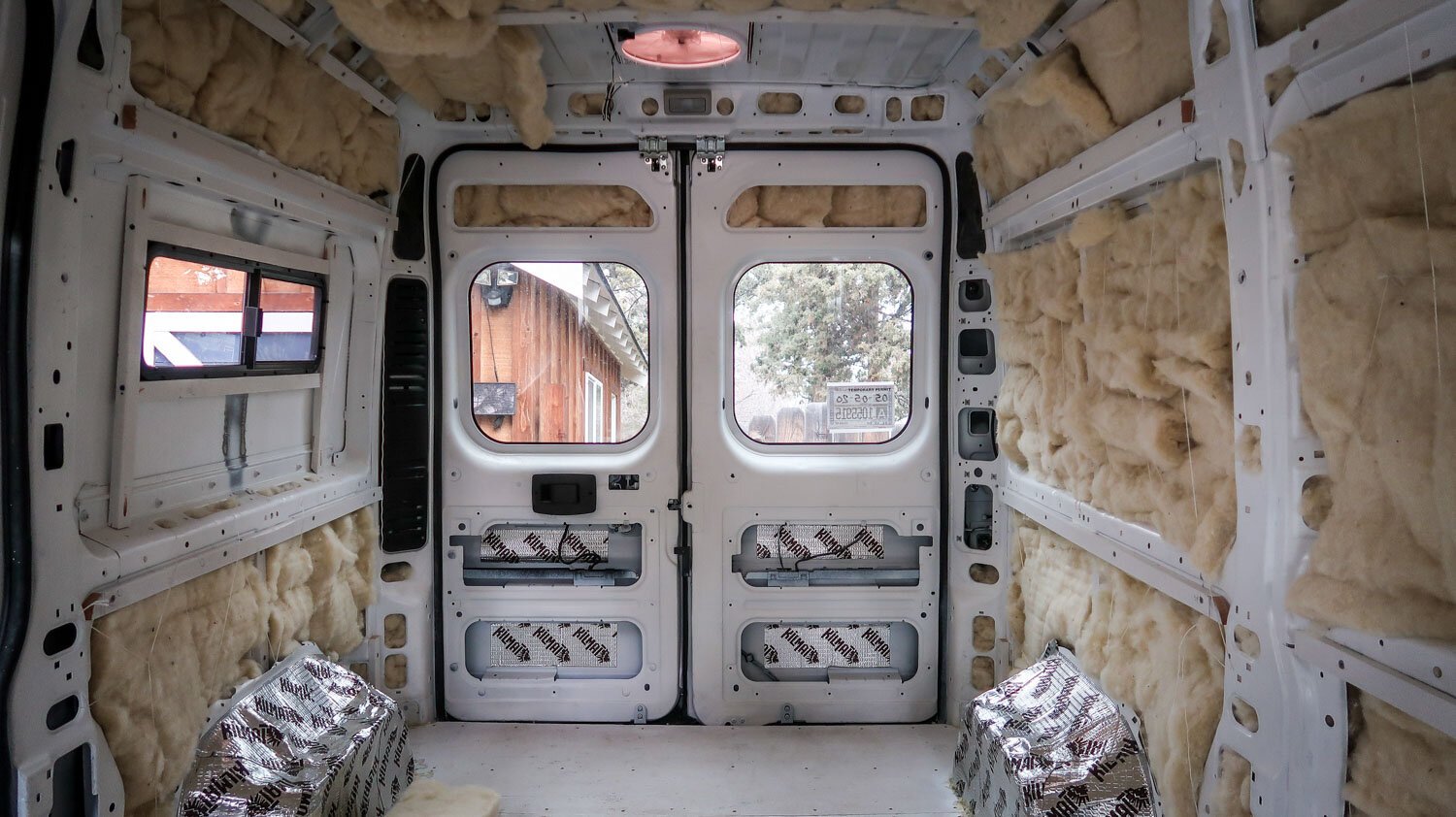
Door and window
Door and window insulation solutions include:
- Apply the window insulation heat shrink kit to the window
- Hanging insulated curtains
- Painting windows as needed
- Door seal replacement
- Use door snake
If you’re looking to replace your doors and windows, look for products with energy-saving labels to ensure good insulation.
Move around the house on wheels
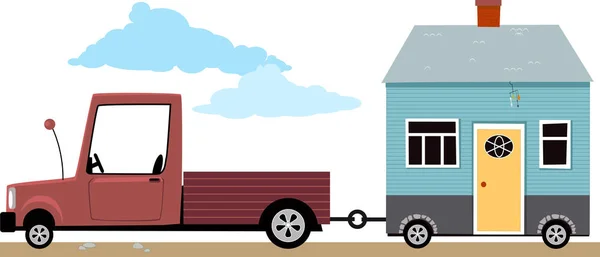
An RV apron is a piece of material that attaches to the bottom of your RV to prevent heat from escaping from the chassis. A lot of heat is lost through the floor of an RV, so installing a baseboard can significantly reduce the cost of propane gas and keep water from freezing in your system lines.
RV baseboards come in several material options, including:
- vinyl material
- plywood
- schedule
- insulation board
Some of the RV owners put hay bales around their camper to keep it warm, but it’s a breeding ground for mold, rats, and other pests. Vinyl, on the other hand, is a great material for baseboards because it lasts for years and is easy to install. Vinyl is also an excellent insulator.
Insulate the air vents
Cold temperatures cause warm air inside the camper to rise and escape through the ventilation slots. Install vent covers or windshields to seal vents to prevent warm air from escaping. You can also fill the vents with Styrofoam or other insulation.
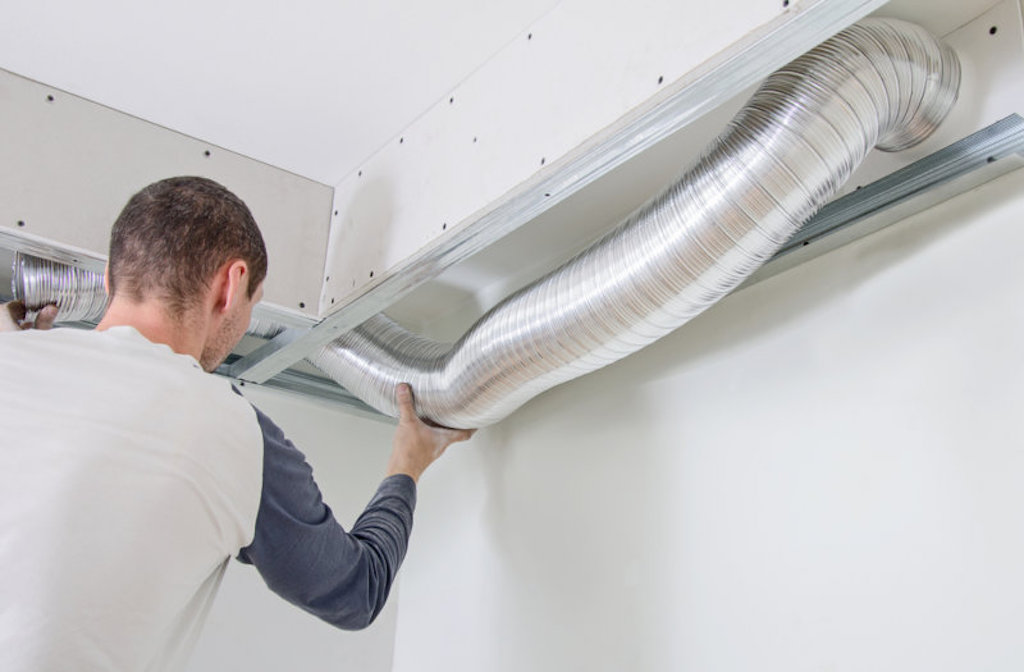
Isolate the chassis
It covers not only the camper but also the openings underneath where hoses, cables, and other connections are located. Spraying aerosol foam into these crevices is a quick and easy way to shrink the holes, keep cold air out and keep warm air inside.
Insulate the floor
Install styrofoam to insulate your camper floor. You can also use rugs and thick rugs.
Use heat tape on the hose
A thermal tape is a package with an element that heats up. You can add heat to keep the water from freezing by wrapping the pipes in thermal tape. Most heating tape systems have a thermostat that will automatically turn on if the temperature gets too low.
Heat tape are usually powered by a 120-volt power supply, so preheat your pipes at home before you go out. If your destination has no electricity and you don’t have a power converter to supply your RV with 120 volts, consider bringing a gas generator that can be used outside your RV to provide enough power. Keep your pipes warm.
Wrap the pipe in thermal heat tape or secure it to the ground as it heats up. Secure the heater bands with tape approximately every 12 inches.
Lay down the adhesive tape for easy access to the electrical connections.

Open the cabinet doors
Cold air gets trapped around the pipes to no avail! If traveling in the winter, leave the closet open to allow warm air to circulate freely inside RV.
Water dripping in the sink
If you camp in cold weather, water may slowly drip from your faucet. This allows the water flow not to stagnate and gives it time to freeze.
It doesn’t have to be a strong current, but something easy to do to avoid costly repairs.
Use a bang footer
Now that you know how to insulate your RV water pipes, let’s take a look at the internal plumbing. You’ve probably seen baseboards on many poles at various campsites, but actually, a great way to protect your RV water pipes when you’re out and about.
The base prevents cold air from entering the chassis and pipes. Vinyl skirting is a great material for travel, as it is relatively easy to install and can be adjusted for different terrains and floor levels. Hay bundles are also a hassle-free option, but they tend to attract other critters that try to avoid the cold, like mice.
Another great advantage of using a skirting board is that in the summer, it can be used to keep the RV cool and won’t take up too much of your valuable storage space while traveling.

Maintains interior temperature in your camper
If the freshwater line runs through the caravan body or floor rather than through an open floor, keeping the interior of the caravan warm will help prevent freezing effects on the line.
Although it can lead to hot, sweaty sleep conditions. How warm you need to stay depends on where the plumbing is and how well the floor is insulated.
Thaw frozen tubes

So what to do when the hose is really frozen?
If the hose is frozen, follow these steps to thaw the ice.
Defrost hose connection
Melt the ice on the hose fittings with a heat gun before disconnecting the hose. Aim the heat gun at the connector at various angles to avoid leaving the ice in the gap. It takes about 10 minutes for the ice on the joint to melt.
Remove the hose
After melting the ice on the connector, disconnect the hose from the apartment line and connector. If the hose is difficult to remove, there is still ice on the connector, and needs to be thawed further. Do not pull on the connector as ice can damage the connector.
Bring your own home
After removing the hose, take it to your RV, and it will warm up and be ready to melt any remaining ice. When inserting the hose, point the tip of the hose upwards to avoid splashing the melted ice cream. Put the hose in the shower and leave it there until all the ice melts.
Check for damage
Freezing water in hoses can expand and damage hoses and other hose components. After thawing frozen hoses, carefully inspect them for damage before reconnecting and using them. Use a replacement tube if you notice cracks, tears, or other signs of damage.
FAQ
How quickly do RV pipes freeze?
With temperatures around freezing (below 32° F), it only takes about 24 hours for the pipes to freeze in your RV. As the average journey takes much longer, it is important to take precautions.
Will a trickle of water keep pipes from freezing?
When it is very cold outside, let the cold water flowing drip from the faucet, which is supplied through open pipes. Running water through the pipe even a trickle helps prevent the rv’s pipes from freezing.
What can I put on my pipes so they don’t freeze?
Insulating the pipe with foil or foam tubing, with or without heating tape, reduces the chances of the pipes freezing. Having a heat tape will help retain heat and reduce energy consumption.
Standard plumbing insulation available at home centers works amazingly and is very affordable.
Conclusion
An ounce of prevention is definitely worth a pound of expensive repairs when it comes to RV pipes freeze . To prevent your RV’s water lines from freezing, consider one of the methods above.
Prevention is definitely your best friend when it comes to keeping your RV pipes from freezing while camping. With a preventive plan in every area of your RV’s water system, you’ll sleep better knowing your pipes are nice and hot.
Find out how to make winter car camping comfortable in our new article.
Your Turn
What about you? Do you know any other methods how to keep your RV pipes from freezing while camping? Share with us in the comments below.

My name is Olivia Kellison. I have been camping with friends and on my own for a long time. For me, camping is a great way to escape everyday life’s chaos. I started this blog because I have always had a passion for the great outdoors, and here I am gladly sharing what I know with other outdoor enthusiasts. It does not matter whether you are an experienced adventurer, or just planning your first trip, my blog will be of great help to you.

